6 simple healthy eating tricks
Shed pounds without ever having to break a sweat.

If you’re looking to slim down, you’ve probably been upping your fitness game—but have you changed your eating habits? Your diet plays a huge role in your ability to lose weight and keep it off and choosing the right meals and snacks is important. Certain foods help rev your metabolism, while others can slow it down.
With the help of Kelly Snow, a registered dietician at Grand Strand Medical Center in Myrtle Beach, South Carolina, we rounded up some of the best diet tricks for cutting calories, boosting your metabolism and reaching your weight loss goals.
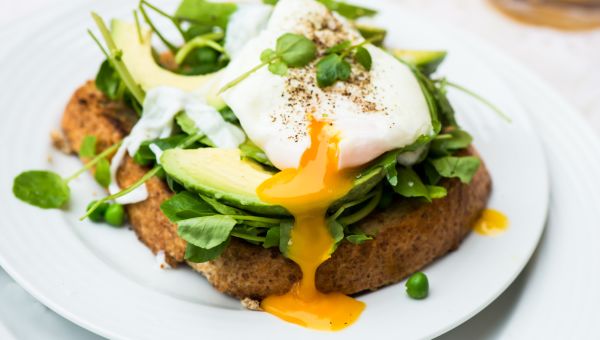
Plan your breakfast
First things first: Don’t skip breakfast. Several studies suggest a protein-rich breakfast can help tame your appetite, curb overeating and prevent unhealthy snacking throughout the day. Snow recommends loading up on protein, but don't forget other essential food groups; carbohydrates and healthy fats are also wise additions. Eggs, low-fat cheese and peanut butter are great protein options, and a serving of whole fruit or slice of whole grain toast are smart carb selections.

Drink more water
Drinking water may not melt the pounds off, but it can help cut your daily calorie intake. A 2016 study of more than 18,000 American adults in the Journal of Human Nutrition and Dietetics suggested that increasing water consumption by 1 percent could reduce daily calorie intake. The study also found that drinking more water may help people consume less saturated fat, sugar, sodium and cholesterol. "Water may help you feel a little fuller when you're eating, so you end up eating less," says Snow.
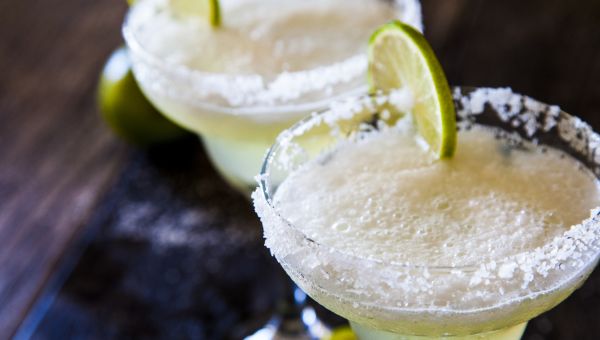
Take it easy on the margaritas
A poolside cocktail can be refreshing, but don’t overdo it. "Alcohol can be a source of hidden calories,” says Snow. “When you're thinking about how much you're eating, it’s easy to forget about the drinks you’ve had, and those calories can really add up.”
What you’re sipping also makes a difference. “Long Island Iced Tea and frozen margaritas have the most calories," says Snow. Your best bet is to avoid sugary mixers or spirits, and instead sip a drink made with club soda or seltzer, or have a beverage served on the rocks. If margs are a must, ask your bartender for a lighter version, made with tequila, club soda and just a splash of lime juice or sour mix.
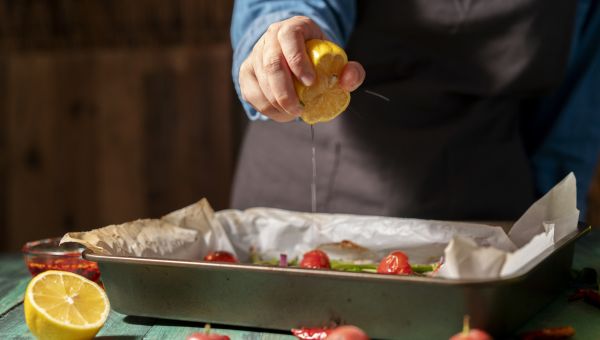
Rethink seasonings and condiments
Sure, grilled chicken and veggies make healthy mealtime options, but if your protein is coated in thick, sugary barbecue sauce, your dinner may not be so friendly to your waistline.
Condiments like ketchup, soy, teriyaki and barbecue sauces are often high in sodium and sugar, which can temporarily increase water retention and bloating. Snow suggests stirring up your own simple sauces or skipping sauce altogether and sprinkling your lean meats and veggies with fresh herbs and a squeeze of lemon juice.
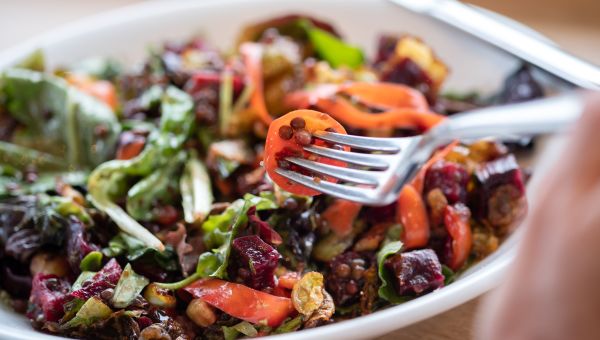
Fill up on fiber
Fiber-rich foods like beans, chickpeas and lentils can help keep you fuller, longer, according to an analysis of clinical trials published in The American Journal of Clinical Nutrition in 2016. Without eliminating other foods, participants dropped a small amount of weight by consuming 3/4 cup of fiber-packed foods each day for six weeks. Researchers theorized that this daily practice kept people satisfied, helping to ward off cravings and support weight loss.
Don't stop there, though—brown rice, raspberries, air-popped popcorn, carrots, barley, avocados and pears all contain a healthy dose of fiber. The Academy of Nutrition and Dietetics encourages eating fruit and vegetable skins to boost daily fiber intake, as well.
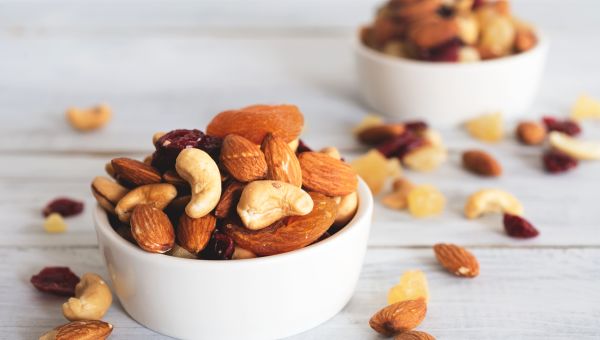
Swap your snacks
Trade in your chips for a small handful of nuts like almonds, cashews or peanuts, which are not only filling, but may help with weight management. Unlike processed junk, nuts are loaded with nutrients that can boost brain health and lower bad cholesterol levels.
"Nuts are very good for you because they have a lot of nutrients that your body can use,” says Snow. “The only problem is the calorie level. That's why you need to pay attention to portion sizes.”
Nuts contain between 160 calories and 200 calories per ounce, according to the Academy of Nutrition and Dietetics, so stick to just a handful. Avoid overeating by measuring out 49 pistachios, 23 almonds, 18 cashews, 14 walnut halves or 19 pecan halves.

LB Bauer, LJ Reynolds, et al. “A pilot study examining the effects of consuming a high-protein vs normal-protein breakfast on free-living glycemic control in overweight/obese ‘breakfast skipping’ adolescents.” International Journal of Obesity, 2015;
HJ Leidy, RJ Lepping, et al. “Neural Responses to Visual Food Stimuli After a Normal vs. Higher Protein Breakfast in Breakfast-Skipping Teens: A Pilot fMRI Study.” Obesity, 2011.
University of Missouri-Columbia. "Protein-rich breakfast helps curb appetite throughout the morning." ScienceDaily. ScienceDaily, 14 November 2013.
R An, J McCaffrey. “Plain water consumption in relation to energy intake and diet quality among US adults, 2005-2012.” Journal of Human Nutrition and Dietetics, 2016.
Robert Preidt. “Beans, Chickpeas May Help With Weight Loss: Study.” HealthDay. Marcy 30, 2016.
Holly Larson, MS, RD. “Easy Ways to Boost Fiber in Your Daily Diet.” Academy of Nutrition and Dietetics. December 19, 2019.
More On


video
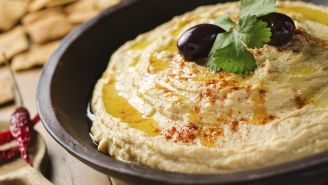
article

slideshow


video


video
